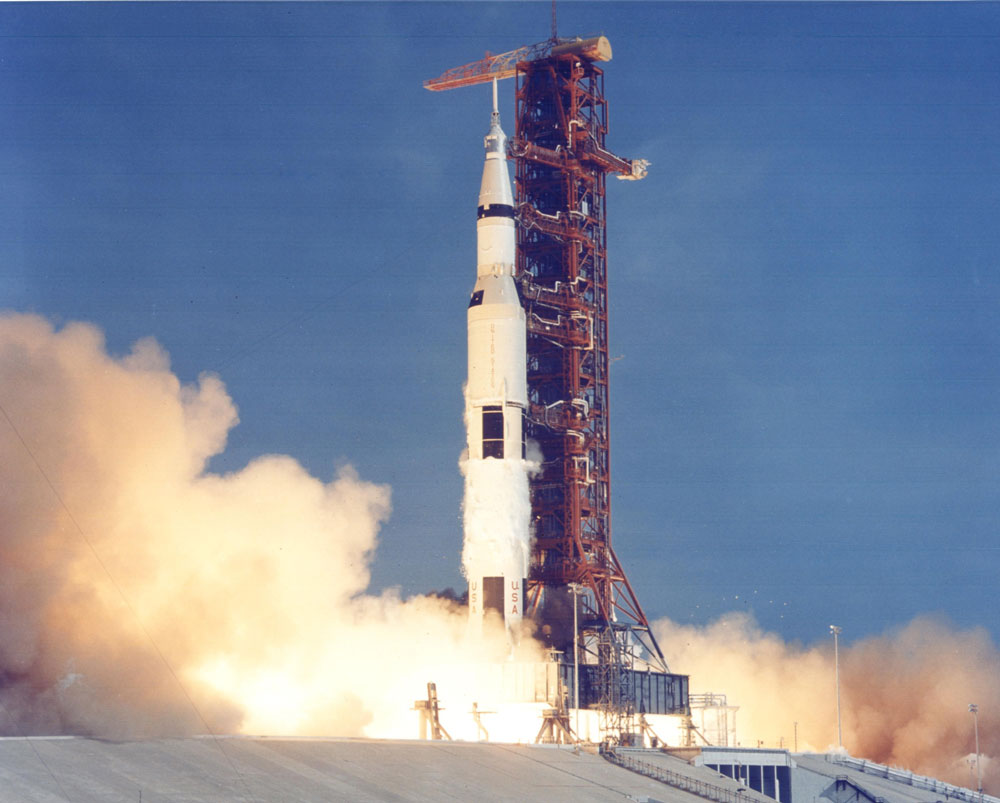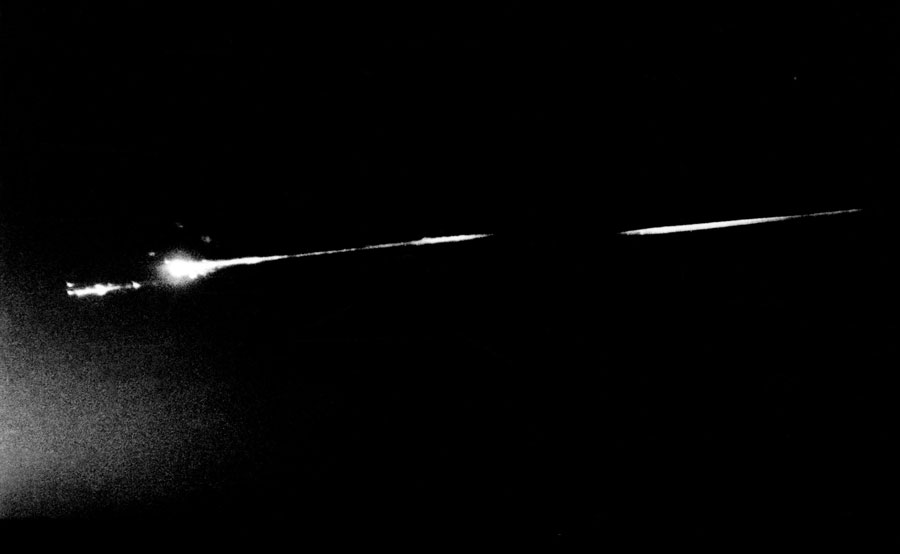In public's eyes, Apollo 11 was high point for space exploration
In the 50 years since Neil Armstrong planted his boots firmly on the lunar surface, no single event has captured the world’s admiration quite as much as the Apollo 11 mission.
An estimated 600 million people watched the first grainy images of a fellow human exploring another world, captivating the public and earning front-page newspaper stories for weeks.
And despite another five decades of incredible achievements that include successful Mars rover missions, deep-space probes exploring the furthest reaches of our atmosphere and nearly 19 years of continuous presence in space aboard the International Space Station, Apollo 11 remains the high-water mark for the public’s interest in space flight.
In a sense, space travel has become routine.
'Repeat, repeat, repeat'
“Space was fairly new,” said Gen. Tom Stafford, commander of Apollo 10. “Every mission I flew was something that had never been done before. The whole public was really excited about going.”
Stafford and his crew flew to the moon but didn’t land. It was a dry run for the next lunar mission, so after a few orbits and procedure tests they turned back to Earth.
“We went nine miles above the moon, (took) photo maps, radar maps, picked out the ellipse and the three sites that would be the potential landing sites for the first lunar landing, which might take place two months afterward,” said Stafford.
He also convinced NASA to bring color cameras on the mission, which he said boosted the public’s interest. The next few moon missions kept eyes on the program, including the ill-fated Apollo 13.
“But after that, you keep going back, repeat, repeat, repeat,” Stafford said. “After Skylab and the shuttle program stuck to low-earth orbit, interest in space travel slowly died off.”
Since the final Apollo mission in 1972, there have been other attempts to launch another manned moon program. None have earned the public and political support needed to leave the ground.
Public perception
NASA is still widely admired according to a recent C-SPAN/Ipsos poll released this month. There’s also general support for the space program. While about one in five Americans classify themselves as "very interested" in space exploration, only a third believe its benefits are greater than the costs.
Just 18 percent of Americans support a manned Mars mission and 8 percent want humans to return to the moon, Ipsos Public Affairs President Clifford Young said.
“American public opinion says we’ve done that, we’ve been there,” Young told C-SPAN, adding that near-Earth space exploration remains a priority for the public because of environmental and security interests. “They are not interested in going to the moon, to Mars as much as using space to help our existence on Earth, better our lives on Earth.”
NASA pushes forward
The shift in attitudes hasn’t been lost on NASA, which is now planning the Artemis mission that could eventually bring the next man and first woman to the lunar surface. Plans include a permanent infrastructure that could be a staging point for future Mars missions.
NASA Administrator Jim Bridenstine said the early years of the space program were framed as a competition between the United States and Soviet Union.
“These kinds of things were at the at the very top of people's minds back in the 1960s and early 1970s, and I think it became somewhat normalized as we went into the space shuttle program. But I would also say that under this administration, they want to go back to the moon, this time sustainably.”
If there’s one thing that might turn peoples’ eyes back toward deep-space exploration, it might be the search for life on other worlds. Bridenstine said manned missions inspire the public’s imagination, but there’s more to the equation.
“If we can discover life on a world that's not Earth, I think it'll change the game. I think people will be enthused (for) what else is out there that we don't know about,” he said. “So yes, human spaceflight enthuses and inspires the next generation just like it inspired the generation of the 1960s. But I would also say that finding life on another world is equally as important to that enthusiasm."

